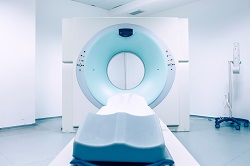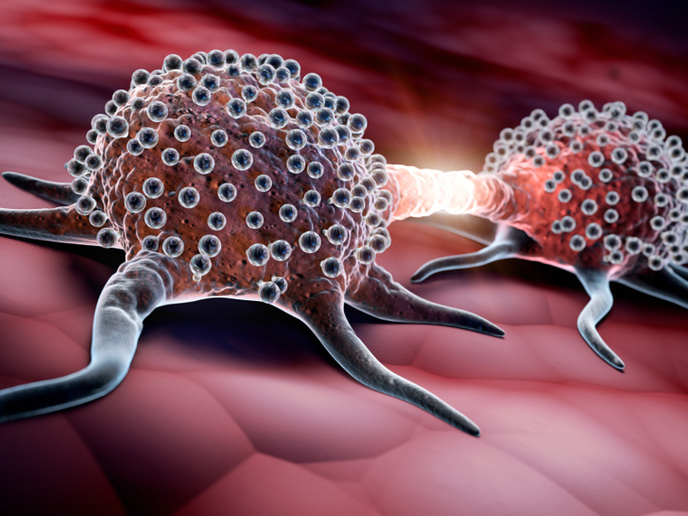A non-invasive way to diagnose brain tumours
Brain cancer is one of the most severe and challenging diseases we face. Despite great advancements in aggressive new treatments that combine surgery, radiotherapy and chemotherapy, treatment for persistent or locally recurrent brain tumours remains elusive. This is because traditional diagnoses of internal tumours are based on excisional biopsy, followed by histology or cytology. The problem with this method is that it is an aggressive and invasive process with potential side-effects and complications. Furthermore, as the diagnostic information is not available in real-time, it requires the tissues to be processed in a lab – a time consuming step for a disease where time is of essence. For researchers with the EU-funded HELICOID project, one way to improve diagnosis is to achieve better localisation of the malignant tumours during surgical procedures by using hyperspectral imaging techniques. ‘The hyper-spectral system developed in this project is expected to improve tumour resection during surgery procedures, thereby reducing the risk of disease recurrence and increasing life expectancy,’ explains HELICOID Lead Researcher Gustavo Marrero Callico. ‘Essentially, our system reduces the amount of healthy tissue removed during surgery, thus decreasing morbidity and improving rehabilitation. As a consequence, it has a direct impact on the quality of life of the treated patients.’ Hyperspectral imaging is a non-contact, non-ionising and minimally-invasive sensing technique. Whereas a conventional camera captures images in three colour channels (red, blue and green), a hyperspectral camera captures data over a large number of contiguous and narrow spectral bands and over a wide spectral range across the electromagnetic spectrum. Real-time imaging The main outcome of the project is a non-invasive hyper-spectral medical imaging system capable of showing tumour margins of uncovered brain tissue during neurosurgical resection procedures in real-time. The system uses an experimental intraoperative setup based on non-invasive hyperspectral cameras, which is connected to a platform that runs a set of algorithms capable of discriminating between healthy and pathological tissues. Surgeons receive this information via an array of displays that overlap the conventional images with a simulated colour map indicating the probability of any currently exposed tissue as being cancerous. The end result is the ability to recognise cancer tissues in real-time during the surgical procedure. Big benefits This integration of hyperspectral imaging and intraoperative image guided surgery systems is set to have a direct impact on patient outcomes. For example, the HELICOID system allows for confirmation of complete resection during the surgical procedure, thus avoiding complications related to body mass shift. It also provides surgeons – and patients – with confidence that the surgical goals were achieved. According to Callico, the benefits are many: ‘It is a completely non-invasive technique, we don’t need to inject contrast agents,’ he says. ‘It is also a non-ionising technique, so we don’t change the properties of the brain tissue – and it provides the surgeon with lots of information, in real time, during surgery.’ Based on the experience gained during the evolution of this project, many other types of cancers that affect human beings will be studied and possibly diagnosed via the HELICOID system. ‘The next step is to use this technique with other tumours, including in the lungs, breast and the colon,’ adds Callico. ‘We dream of launching a brand new specialism that we could call hyper-spectral medicine.’
Keywords
HELICOID, brain cancer, brain tumour, surgery, hyperspectral imaging







